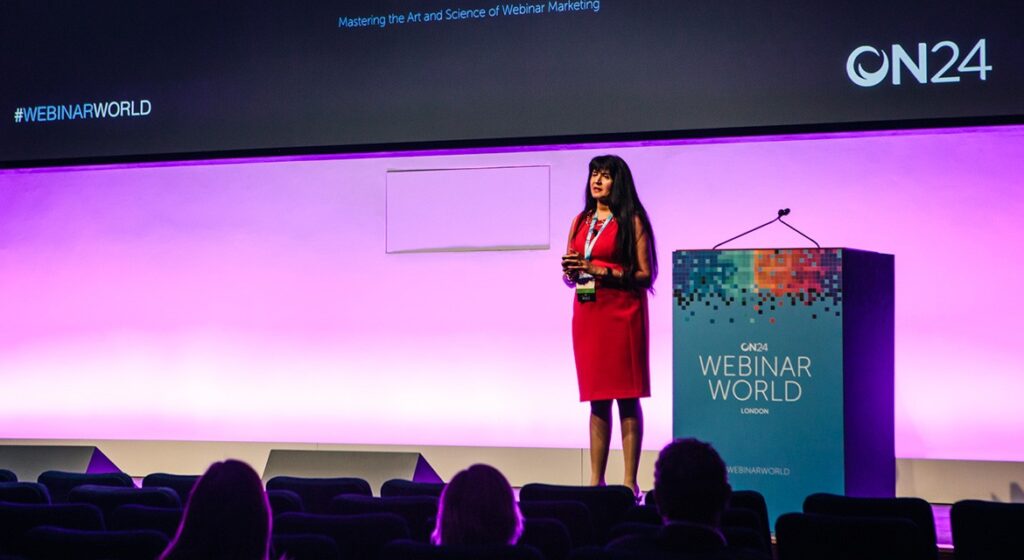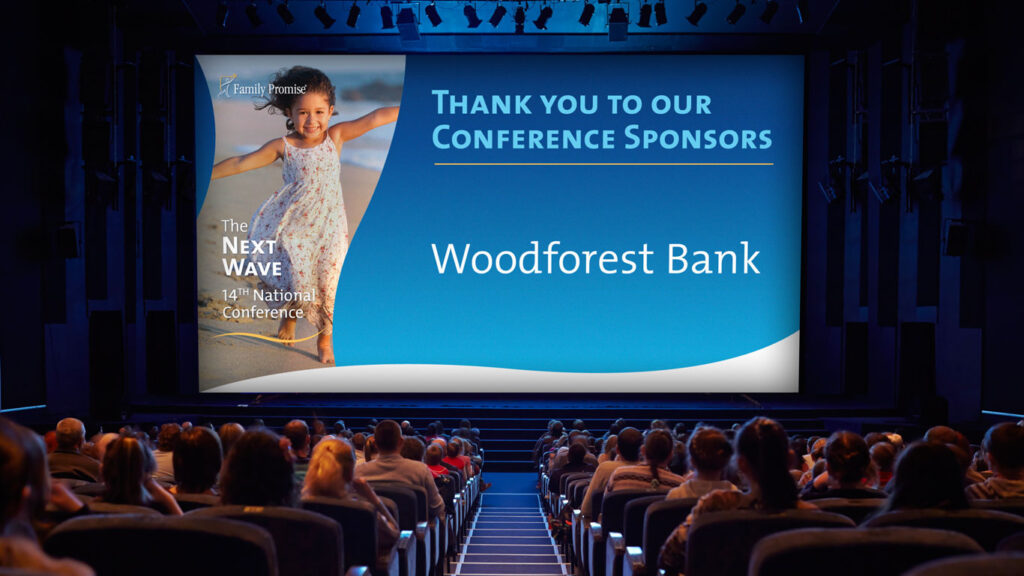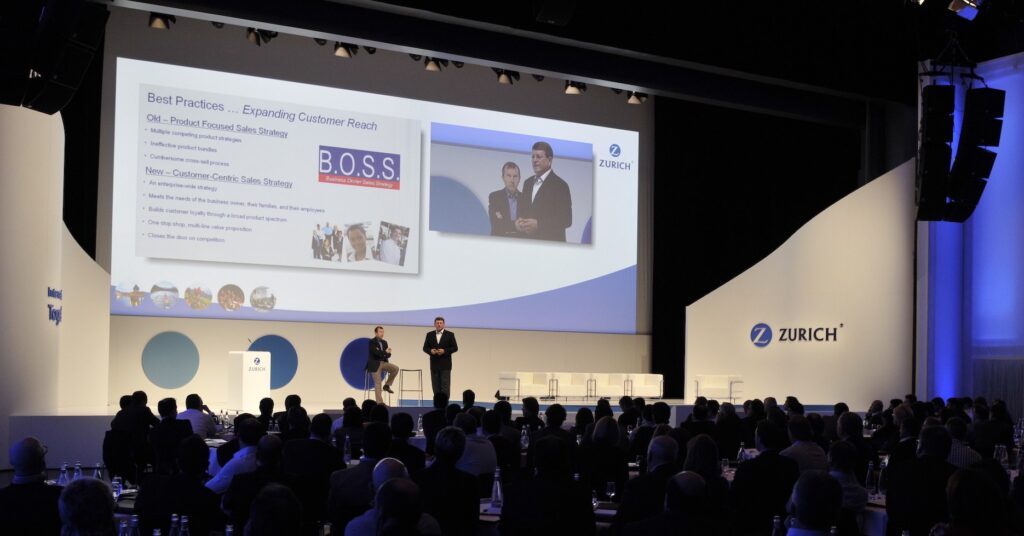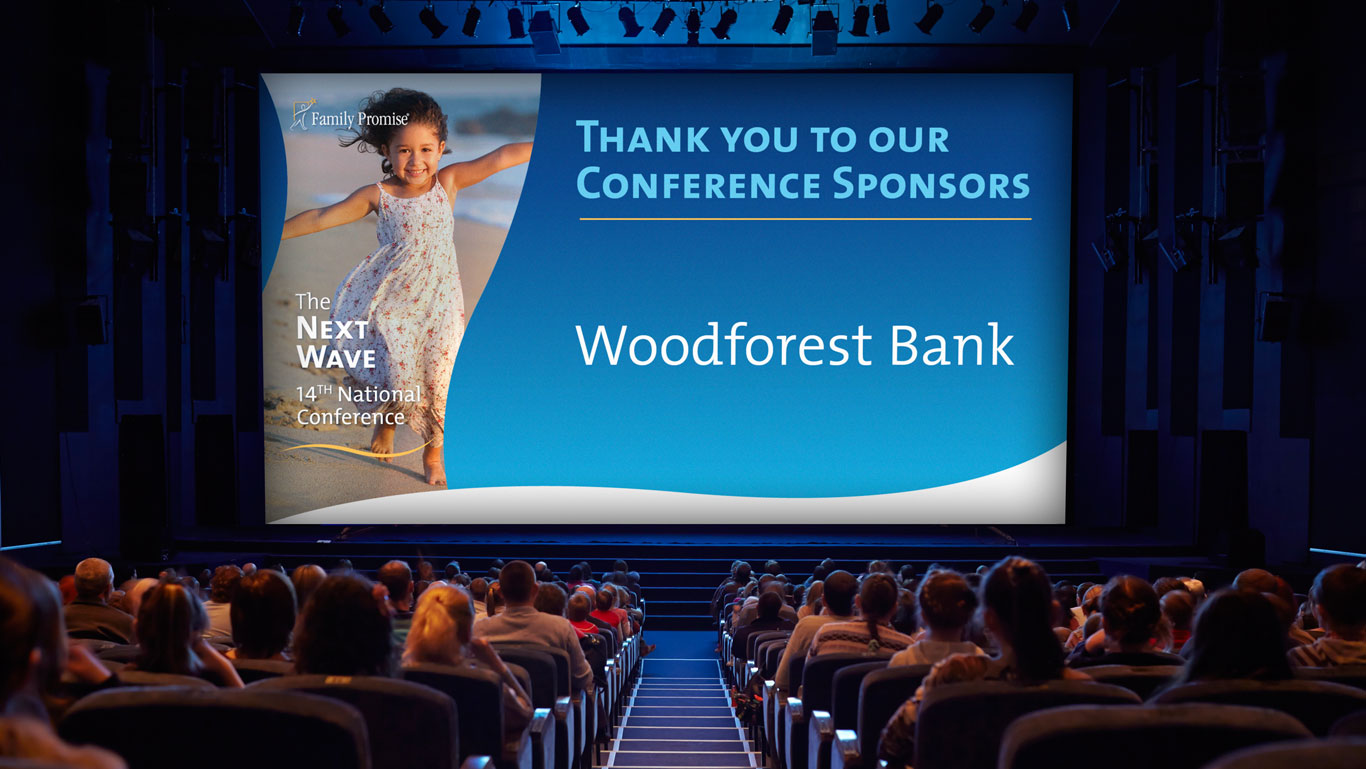Design plays a crucial role in creating a successful event brand. From the logo and visual identity to the overall event experience, design elements shape the perception and engagement of attendees. A well-executed design strategy can effectively communicate the event’s message, attract the target audience, and leave a lasting impression. In this article, we will explore the role of design in creating a successful event brand, discussing key considerations and best practices for leveraging design to enhance the overall event experience.
I. Crafting a Memorable Event Logo and Visual Identity:
To craft a memorable event logo and visual identity, it is crucial to consider several key factors. Firstly, it is essential to align the design with the purpose and essence of the event. The logo and visual identity should effectively communicate the event’s theme, industry, and target audience, creating a strong connection and generating interest among potential attendees. By reflecting the core elements of the event, the logo and visual identity can evoke curiosity and excitement, encouraging people to learn more and participate.
Consistency in branding is another crucial aspect of creating a memorable event logo and visual identity. Consistency across all event materials, including the website, promotional materials, signage, and social media graphics, is vital for enhancing recognition and reinforcing the event’s identity. When attendees encounter consistent branding elements throughout their journey, they develop a sense of trust and familiarity with the event. This consistency helps establish a strong and cohesive brand presence, allowing attendees to easily identify and engage with the event across various touchpoints.

Additionally, an eye-catching design plays a significant role in creating a memorable event logo and visual identity. The design should captivate attention and make a lasting impression on viewers. By utilizing a combination of colors, typography, and imagery that aligns with the event’s theme and target audience, the design can evoke the desired emotions and create a visual impact. Whether it’s a bold and vibrant design for a dynamic event or a sleek and sophisticated design for a professional conference, the visual elements should effectively convey the event’s atmosphere and overall experience.
II. Designing Engaging Event Collaterals:
When designing engaging event collaterals, there are several key components to consider. The event website serves as a central hub for attendees to access essential information and register for the event. Designing a user-friendly and visually appealing website is crucial to provide a seamless experience for visitors. Clear navigation, engaging visuals, and responsive design are essential elements that contribute to an optimal user experience. By incorporating these design elements, the event website can effectively showcase the event’s unique value proposition and encourage attendees to take action.
Printed materials, such as brochures, flyers, and event programs, are important tools for communicating key event details, schedules, and speaker information. When designing these materials, it is important to consider the target audience and convey information concisely and effectively. Compelling visuals, concise copy, and consistent branding should be incorporated to create a cohesive and professional impression. These materials should not only inform attendees but also reflect the overall visual identity of the event, contributing to a consistent and immersive experience.

Signage and wayfinding play a significant role in enhancing the event experience for attendees. Clear and visually appealing signage helps guide attendees and ensures smooth navigation throughout the event venue. By incorporating the event’s visual identity into the signage, attendees can easily identify key areas, such as registration, session rooms, and exhibitor booths. Informative and visually engaging signage enhances the overall event experience and contributes to a positive impression of the event.
III. Enhancing the Event Experience:
To enhance the event experience, various design strategies can be employed. Stage design and set-up are essential elements that contribute to the overall atmosphere and impact of the event. An impactful stage design should align with the event’s theme and effectively enhance speaker presentations. Consideration should be given to lighting, props, and visuals that create a visually stunning and engaging backdrop. By creating a captivating stage design, the event can leave a lasting impression on attendees and enhance the overall event experience.
Interactive installations and experiential elements can further engage attendees and create memorable moments. Incorporating elements such as photo booths, virtual reality experiences, or engaging technology-driven activations provides opportunities for attendees to actively participate and interact with the event. These interactive elements not only create excitement but also foster

In conclusion, design is a powerful tool in creating a successful event brand. From the logo and visual identity to the overall event experience, thoughtful design decisions can enhance attendee engagement, communicate the event’s purpose, and leave a lasting impression. By crafting a memorable event logo and visual identity, designing engaging event collaterals, and enhancing the event experience through stage design, interactive installations, and digital engagement, you can create a remarkable event brand that resonates with attendees.
Key takeaways:
- Craft a memorable event logo and visual identity that aligns with the event’s purpose.
- Maintain consistency in branding across all event materials.
- Design engaging event collaterals, including websites, printed materials, and signage.
- Enhance the event experience through thoughtful stage design and interactive installations.
- Leverage digital platforms and technologies to facilitate attendee engagement and participation.
Contact us today to discuss your event branding needs and take your event to the next level!

Leave a Reply